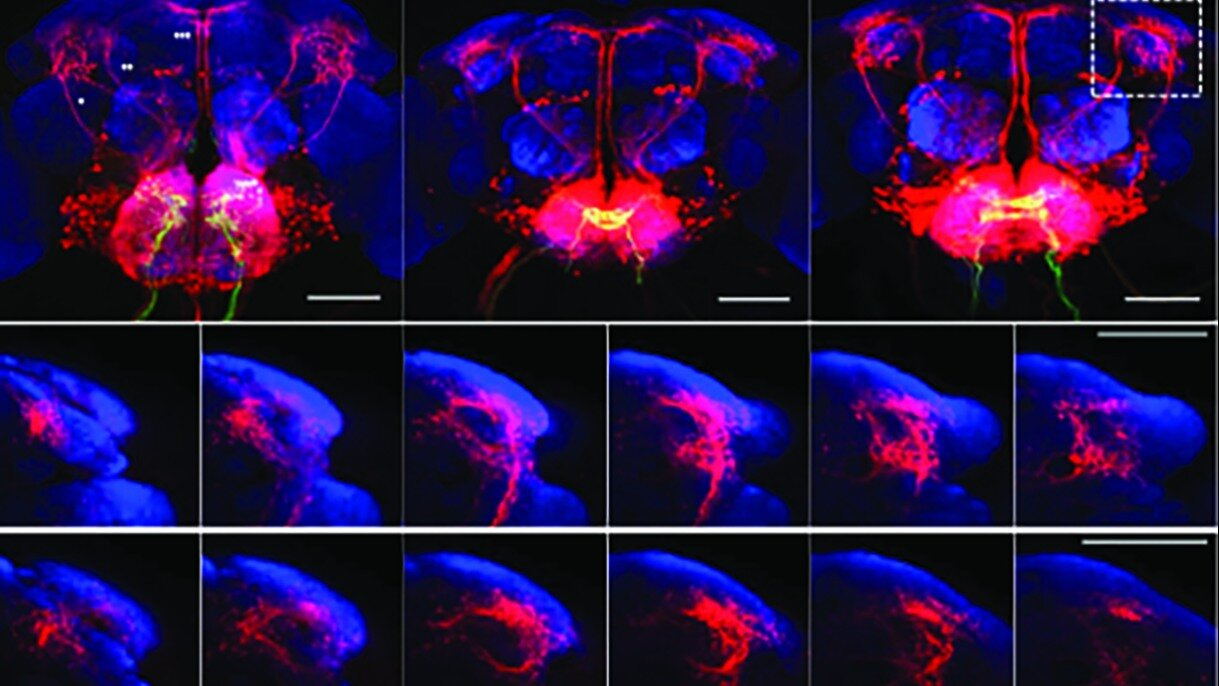"A new imaging technique called trans-Tango(activity), developed by researchers with the Brown's Carney Institute for Brain Science, reveals how specific neurons in brain circuits of fruit flies respond to stimuli such as sweet and bitter tastes. Credit: Gilad Barnea". (Phys.org/Using new technique, researchers make surprising discoveries about how flies' brains respond to tastes)
New miniature systems called "trans-Tango" open a view of the insects' brain activity. That system can observe the activity of individual neurons. That can revolutionize neurology. This kind of system can collect information on how the insects find their food. And how they observe predators. Maybe quite soon, those systems can install in drones, controlled by artificial intelligence. So they can observe insects in their natural environment. That kind of information can use to create a new type of insect repellent.
But the information on how the insect's brains work can give vital information. The researcher can use that information for the systems that are controlling nanotechnology. The insect's neurons can install in the nanorobots that can use to find and destroy cancer cells. The fact is that those nanomachines can also use to clean blood from poisons.
The next generation tool for medical work can be the biorobots. Those robots are things like worms that can destroy tumors or eat plague from the blood vessels. Worms like Elegans worm can be a microchip implanted. And they can be controlled by radio systems like BlueTooth. In that case, the receiver uses nanotechnology.
Those worms or their neural system can also create electricity for those extremely small electronic components. Those worms can also use to clean toxic chemicals from the blood vessels. And that thing makes them interesting in the point of view of medical work.





No comments:
Post a Comment
Note: Only a member of this blog may post a comment.